
Recognition
2008 AIGA Medal
Born
1958, Vancouver, British Columbia
By Sam McMillan
September 7, 2008
Clement Mok's many achievements are not easy to pin down. Designer. Publisher. Educator. Entrepreneur. CEO. Visionary. Mok “gets” technology in the way few designers do. One of the most entrepreneurial designers working today, Mok does not merely use digital tools—he makes them.
Mok hit the ground running, from his early days as an art director at Apple Computer to his current role as principal of The Office of Clement Mok. He absorbed an entrepreneurial mindset nearly from the start. “At Apple we believed we were given a mandate to change the world,” Mok remembers. “Technology was an enabler. At Apple you weren't merely a designer. You were a Silicon Valley startup with a skill in design.”
That mindset would serve him well when he left Apple in 1988 to found Clement Mok designs (CMd), a company that operated at the intersection of technology, design and business. “I started my studio to design for software startups,” Mok says. “Whatever the new technology was, we were going to follow it.”
Mok has left few opportunities unturned. He proceeded to found CMCD, a royalty-free stock-photo house that gave designers access to libraries of iconic images. A few years later he helped launch NetObjects Fusion, a web-authoring application designers could use without learning a line of code. Dissatisfied with the limited role designers were forced to play in the new, networked economy, Mok literally wrote the book on it: Designing Business: Multiple Media, Multiple Disciplines provided a prescient set of instructions that explained how design, new media and business would play together in the new century.
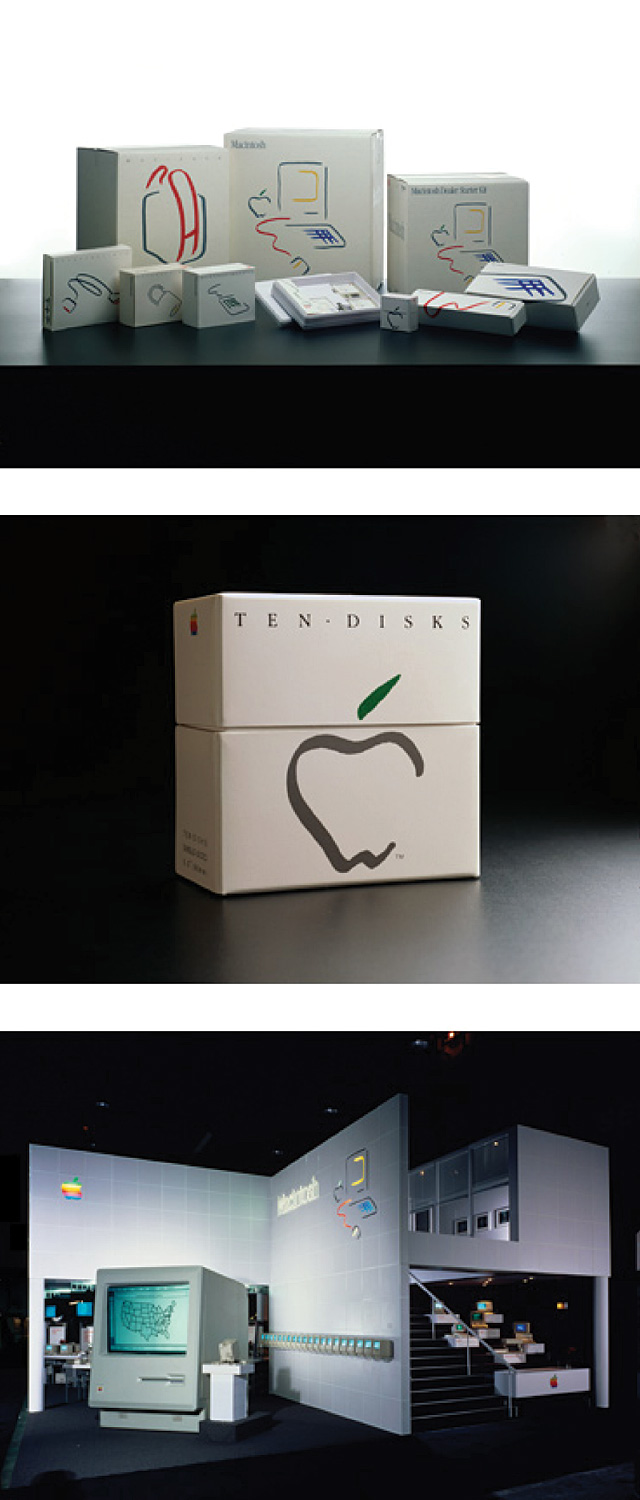
Apple Macintosh launch, 1984.
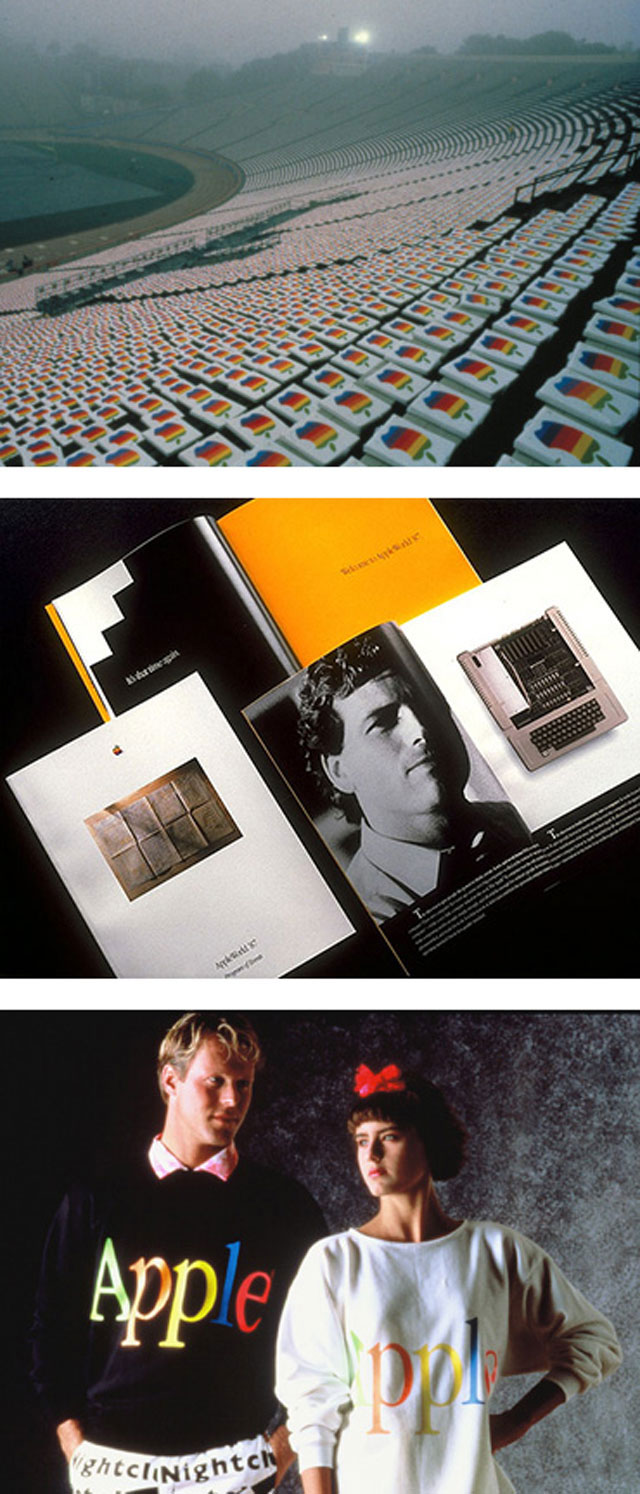
Apple Corporate Communications, 1984-1988.
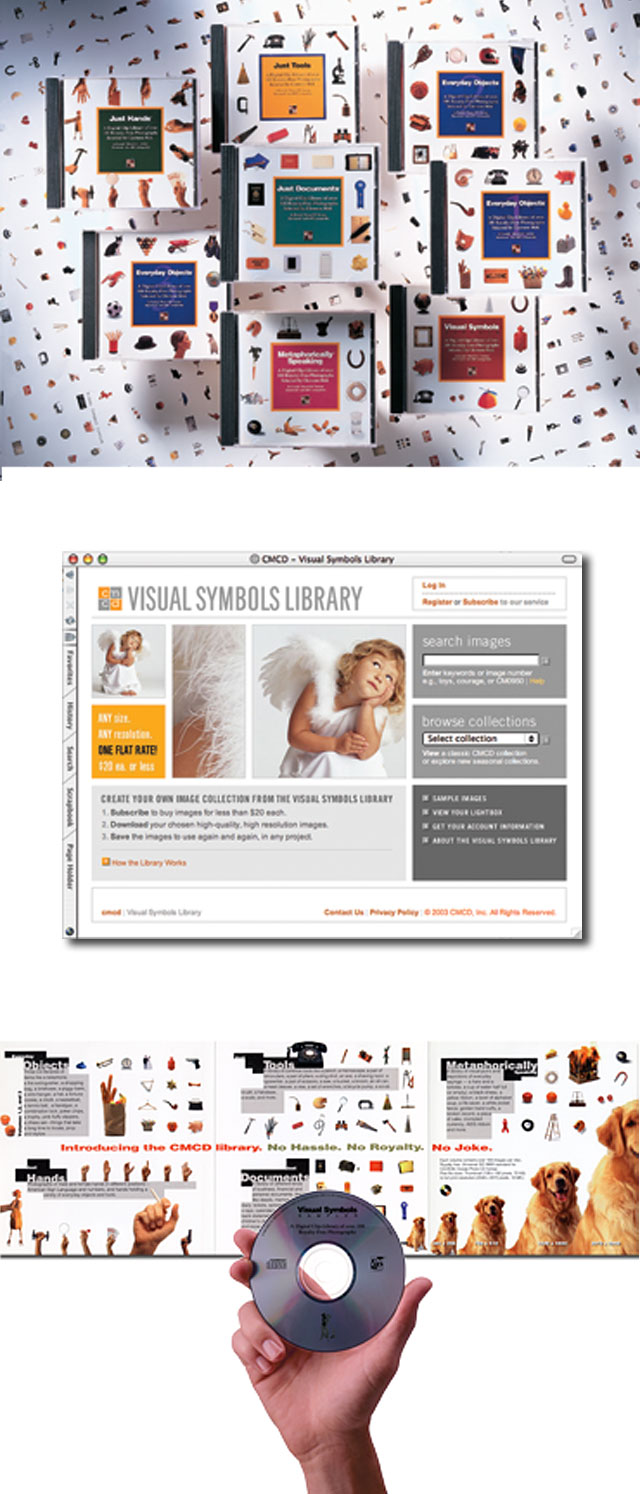
CMCD Visual Symbols Library, founder and publisher, stock image titles, 1992-present.
When the internet changed the business world, Mok changed his business, too, transforming CMd into the interactive agency Studio Archetype. Within a year his head count had grown to more than a hundred and revenues to more than $20 million.
With the new economy came a demand for new business models. Seeing that opportunity, Mok combined Studio Archetype with global consulting firm Sapient in 1998, contributing hundreds of millions to the bottom line and proving that strategic design brings enormous wealth to business.
Mok, meet Mac
If you use a Mac, thank Clement Mok. Mok was instrumental in conveying the Mac sensibility that endures to this day, that here is a friendly, simple computer anyone could use.
Following the launch of the Apple II, III and the Lisa, CEO Steve Jobs had come to understand the need to create a brand experience at the highest level of quality. Tom Suiter, fresh from his work on Mercedes-Benz for Landor Associates, was brought in and tasked with developing an in-house team to lead Apple's branding and corporate marketing. “To do that, I had to get the best people,” Suiter recalls. “And in the early 1980s, getting them to leave New York City for an office in Cupertino next to the Shell station, well, that was a stretch.”
The best Suiter could find? Clement Mok. After stints at CBS and Donovan & Green in New York, Mok, who had graduated from the Art Center College of Design in Pasadena, was primed to return to California. “What Clement understood was how a brand was much more than a logo—how everything you design permeates the process of customer experience. Every step of opening the box of the original Macintosh was beautiful,” says Suiter.
Mok's first project as newly minted art director was to set the graphic standards for the original Macintosh user manuals in 1983. One manual in particular, for MacPaint, was a gem of clarity and a personal favorite for Mok. What he conveyed in those manuals was nothing less than a sea change in the way we would look at technology. Technology was no longer signified by HAL, the scary mainframe from 2001: A Space Odyssey. It was friendly, empowering, and it would change your life.
In January 1984, Mok left the Mac team and became art director for Apple Corporate, helping to launch the Apple IIc and leading the design for all event marketing and corporate communications—including a string of award-winning annual reports. When Jobs exited the company in 1985, Mok also became responsible for design for the education market, which then comprised a third of its revenues. He was all of 27 years old.
As Tom Hughes, the former Apple creative director and Mok's boss, remembers, “Even as a young designer, Clement went into each project with an artful sense of design and expressed a wonderful fluency through his work. Above and beyond the work, Clement's personality was remarkably graceful under pressure. He carried a serenity and presence—I don't know how else to put it—that was angelic.”
Mok's work for the Mac became the de facto design standard for Apple. Hugh Dubberly, a creative director at Apple during the early years says, “There was a time, for a year or two, when Clement knew everything there was to know about using a Macintosh. Literally.”
In addition to making the technology understandable, Mok's biggest achievement, according to Dubberly, was “getting computers into the hands of designers.” At the International Design Conference in Aspen, Mok and the Apple team would set up their computers, and demonstrate HyperCard, desktop publishing and on-demand badge-making, while design leaders and other notables such as Henry Wolf of Esquire, Frank Stanton of CBS and David Hockney strolled through. “It was,” Dubberly says, “incredible exposure for computers at a time when computers were frightening. For many designers, Clement provided their first hands-on experience with computers.”
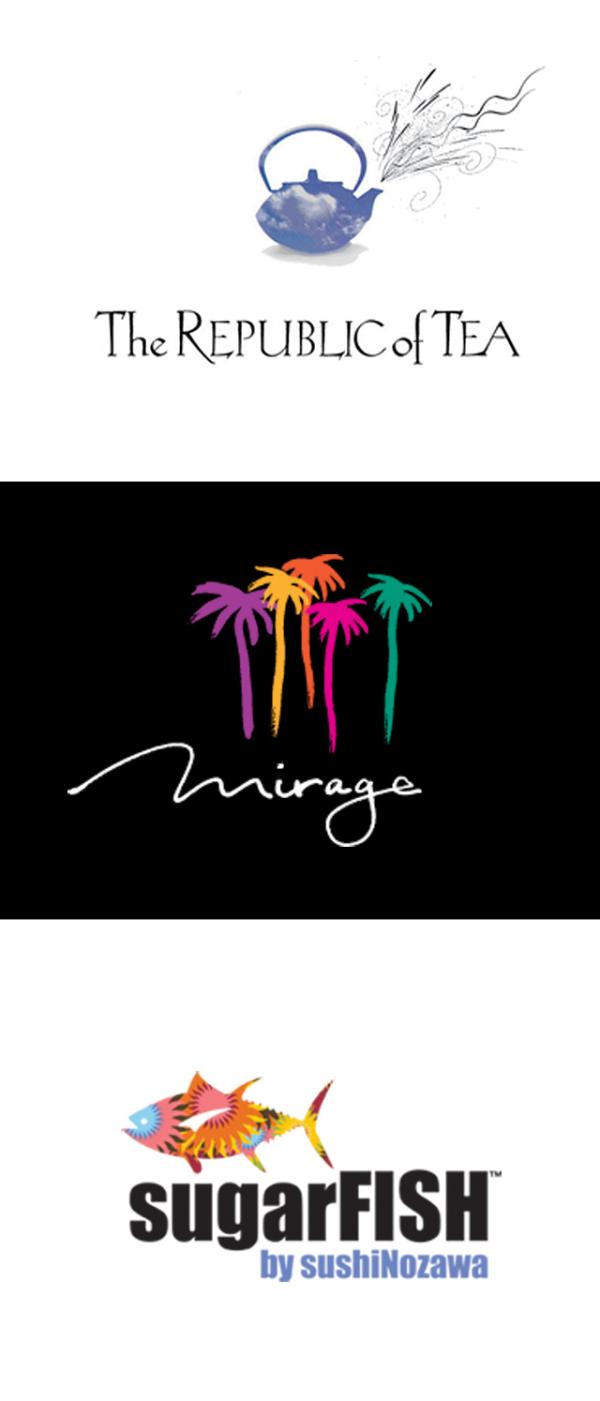
Identity programs: The Republic of Tea, 1991; Mirage Hotel and Casino, 1989; SugarFISH, 2008.
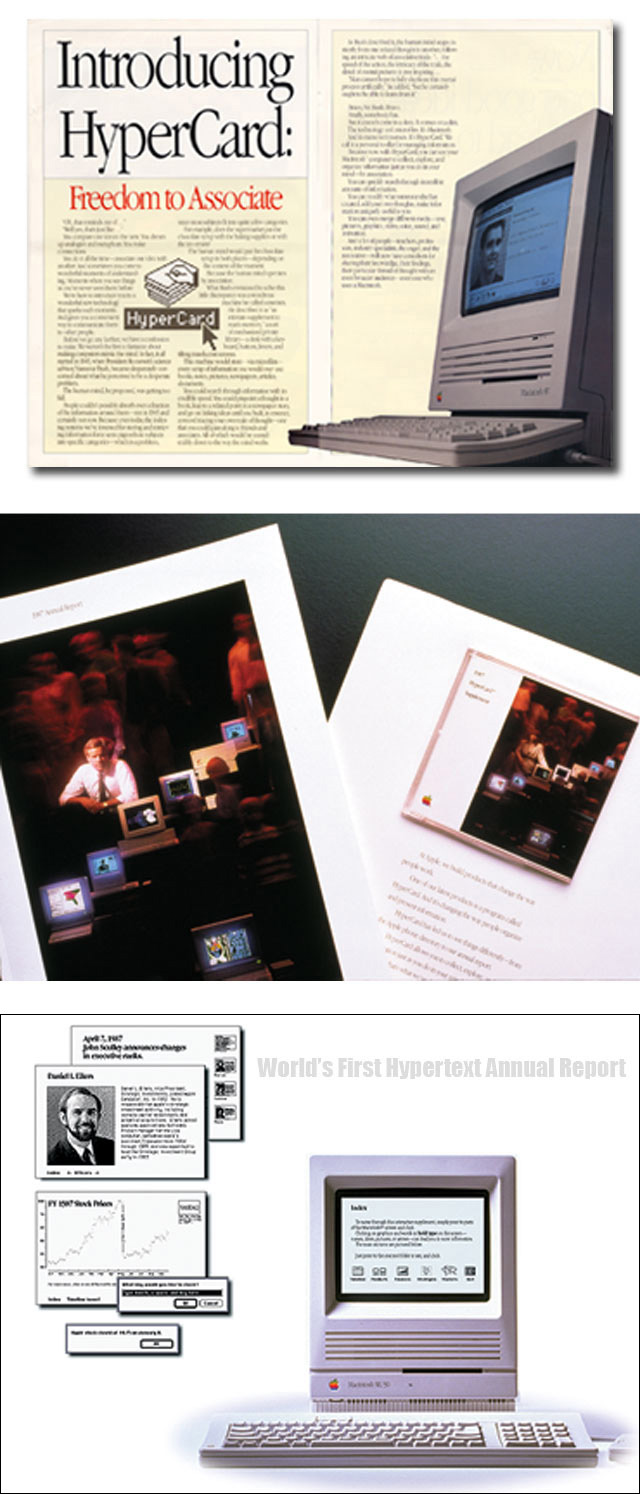
Apple HyperCard launch and annual report, 1987.
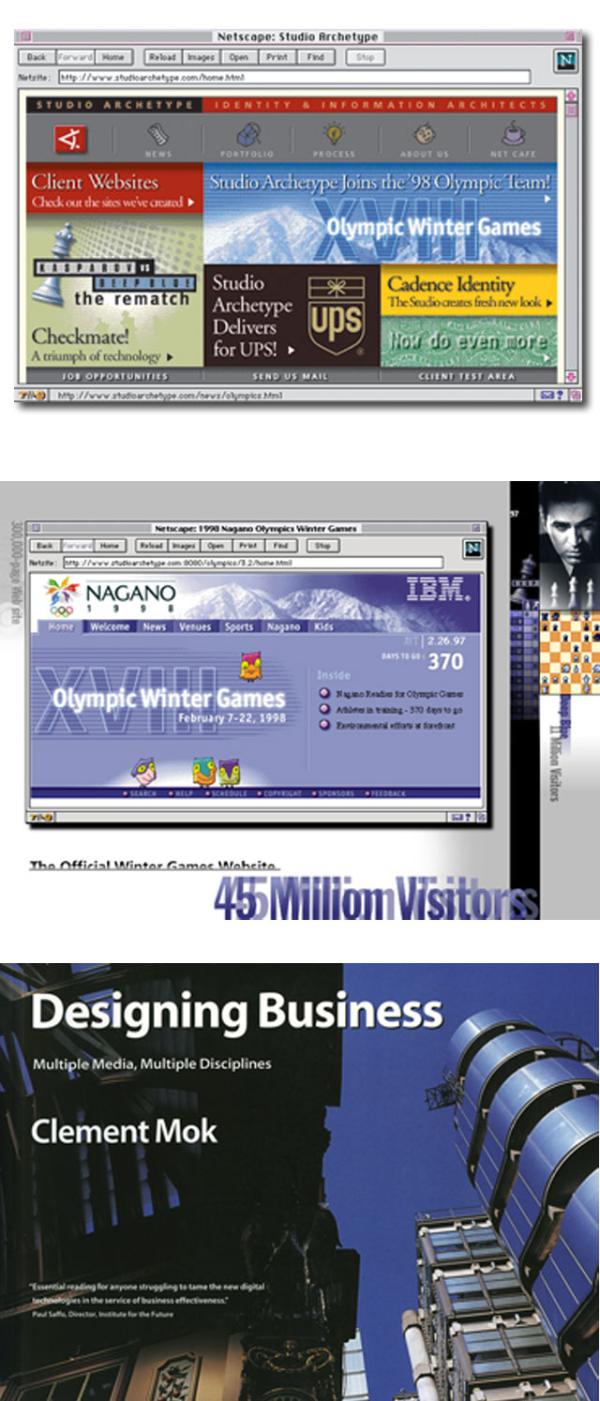
Studio Archetype website, 1998; Nagano Olympic website, 1997-1998; and Designing Business: Multiple Media, Multiple Disciplines, Hayden Books, 1996.
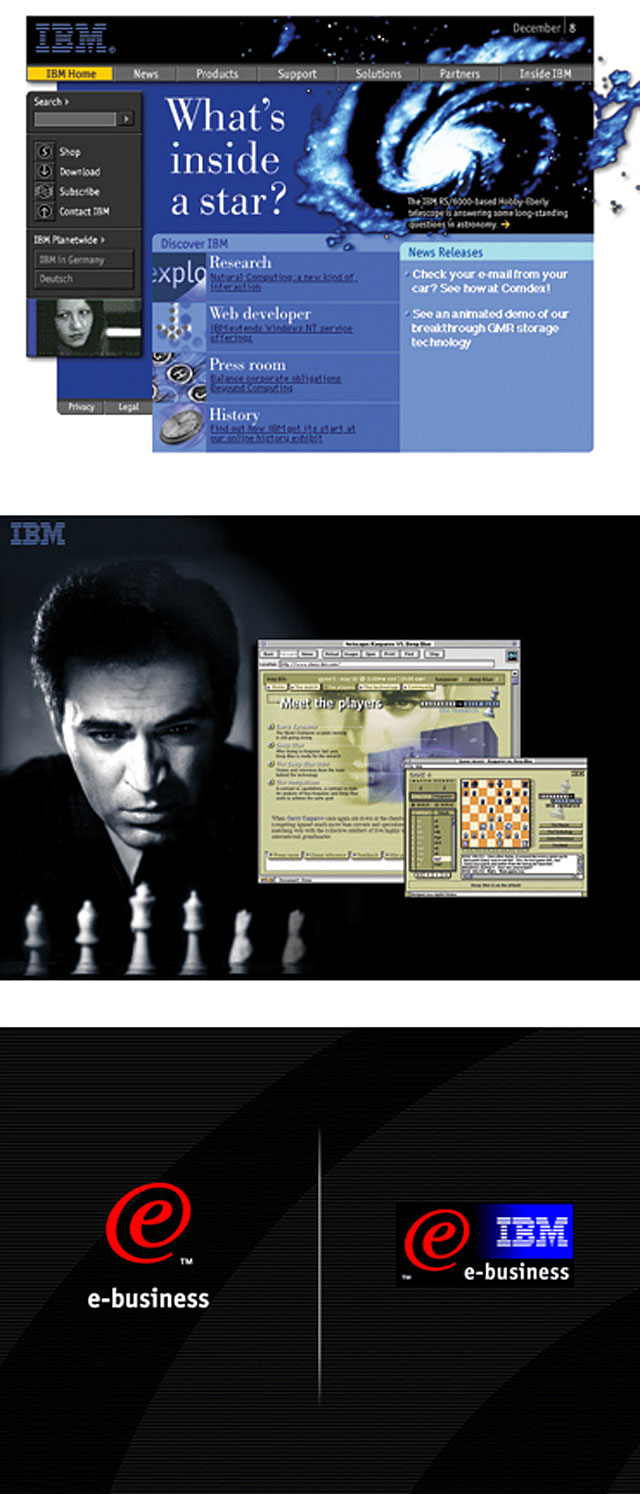
IBM online brand presence consultancy, 1996-1999.
Where design meets business
Throughout his career, Mok has had the knack of working at the inflection point of technology, design, business and culture. According to Terry Swack, who started the AIGA Advance for Design initiative with Mok in 1998, Mok has consistently been able to ”define what we are doing, explain why it is important and teach people how to do it.“
To ensure design students were equipped with the skill sets needed to prosper in a changing field, Mok funded a term-length workshop, informally known as the Mok Institute, at his alma mater, the Art Center. The program emphasized open-ended exploration, research, interdisciplinary study and teamwork—all the necessary tools to succeed in business.
At AIGA, where Mok served as president from 2001-2003, “Clement brought a much needed infusion of business perspective to the organization,” Swack says. “He led the initiative to integrate the business world into the design community in a fundamental, tangible way.”
That same urge previously led Mok to merge Studio Archetype with Sapient, a firm noted for its technical expertise at helping large companies solve business problems. “When we acquired Studio Archetype, Clement Mok helped change the game,” Sapient co-founder Jerry Greenberg says. What impressed Greenberg then about Studio Archetype was “the absolutely consistent brilliance of the work they did for their clients. In the industry it was regarded as the best of the best.”
Mok is proud of his accomplishments at Sapient. “Everything I had done before was about making things. Sapient was about moving design to a business-strategy skill set that the internet required,” says Mok. The new design discipline demanded brand strategy, IT, information architecture, information design, expertise in user experience, usability and best practices in consulting, including ethnographic research. “All these practices were integrated into Sapient's business. I wanted to build a different model for a design firm, beyond the traditional work-for-hire boutique.”
Today, Sapient books revenues of $600 million. Greenberg estimates that fully $300 million comes from the interactive efforts that Mok helped launch in 1998. “The vision that we and Clement shared about where Sapient could be is responsible for that achievement,” says Greenberg.
From the earliest days of the Macintosh to the dot-com bubble and today's consultancies that employ thousands in a networked, digital, mobile, global and totally wired economy, Clement Mok has staked out a role as visionary practitioner, entrepreneur and educator. Today, he is the reason phrases such as experience design, information design, information architecture, interaction design, strategic design, brand identity, interface design and customer experience are part of our lexicon. His legacy has changed the way we practice design.